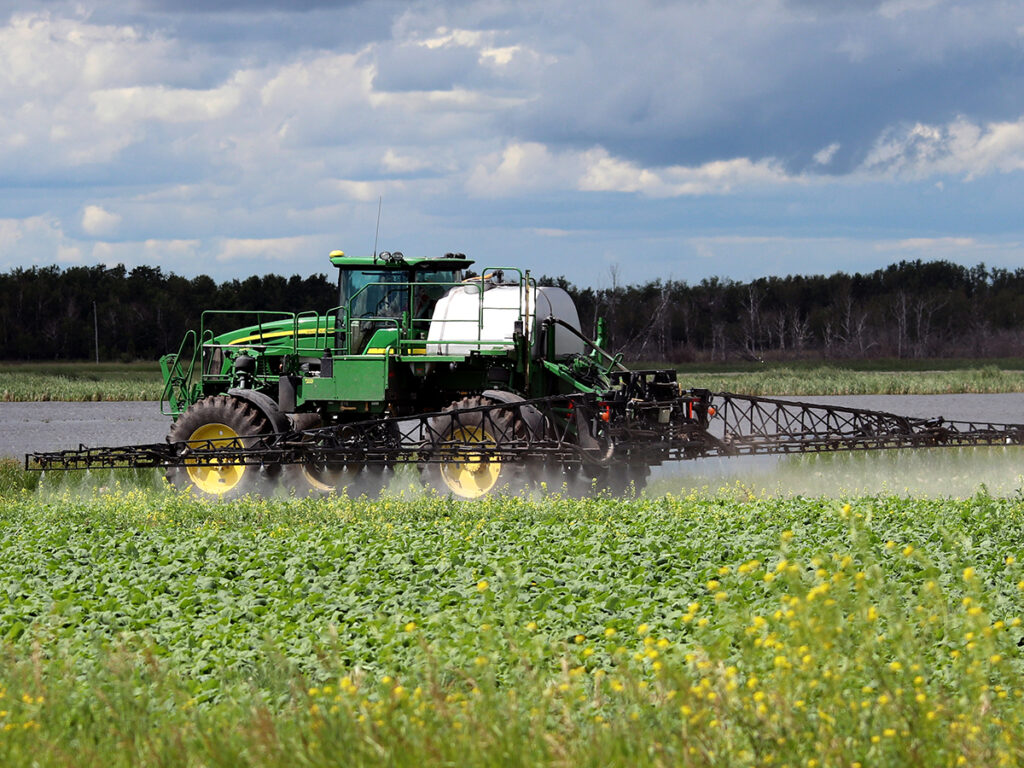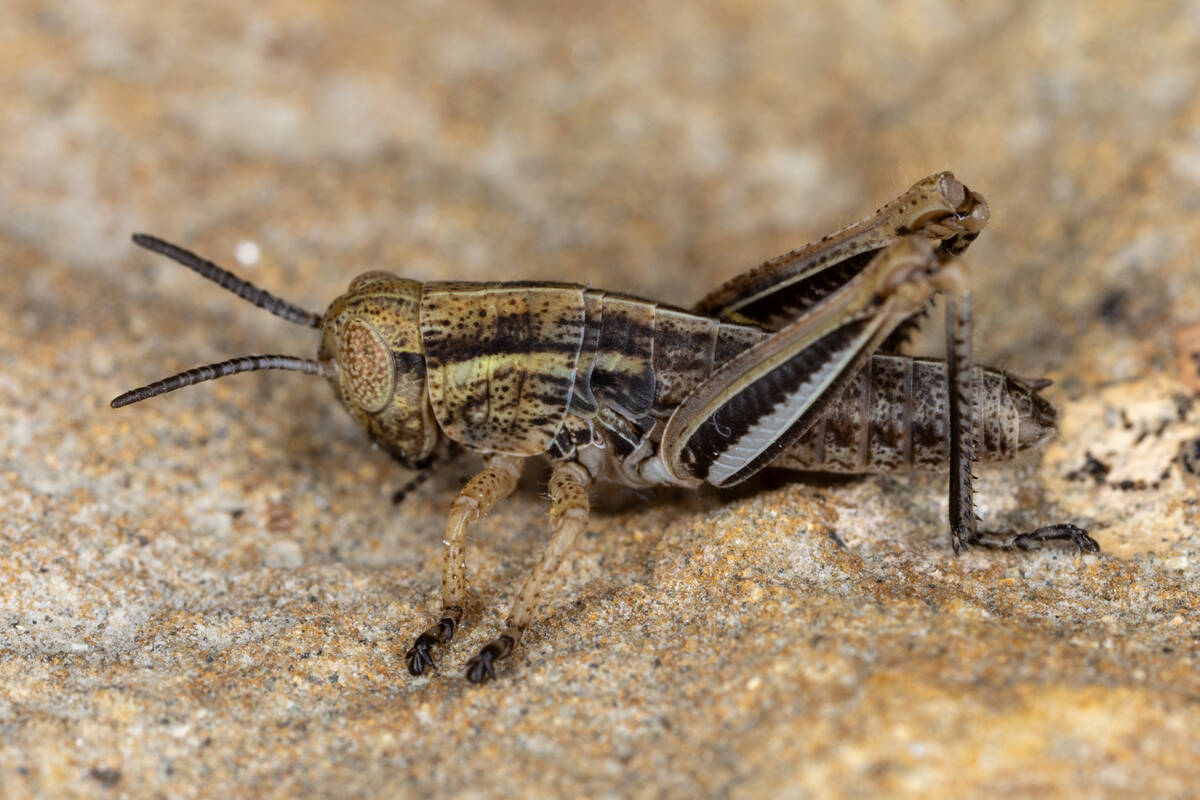Farmers urged to use caution when spraying for ‘hoppers

Farmers who spray for grasshoppers this summer need to make sure they don’t do more harm than good, says a professor of environmental science at the University of Lethbridge.
“I hope we don’t get into an outbreak situation for two reasons, because huge fields being sprayed is a loss of agriculture,” said Dan Johnson.
Related story: Scouting can ease future grasshopper problems
Read Also


Scouting can ease future grasshopper problems
June’s arrival marks the sweet spot where farmers should start scouting their fields for grasshopper pests.
“I also don’t want to see the non-pest grasshoppers wiped out either because they support the wildlife for food. Those non-pest grasshoppers actually build up natural enemies of the pest grasshoppers. If the non-pests are left unmolested, then they can keep the outbreaks less frequent. It’s long-term, low-level suppression.”
Unfortunately, the pest species of grasshoppers lay far more eggs than the non-pest ones, making for an uneven battle field in suppression.
“The ones that are out there that aren’t pests, they don’t lay many eggs. They don’t eat widely in crops, they are sometimes quite selective,” said Johnson.
“The ones that are pests, they lay 200 eggs instead of 12. Even at two per cent survival at 200 eggs, you are quadrupling their population.”
Control methods can be implemented once destructive grasshoppers such as spur-throated, migratory, packard, two-striped and clear-winged, are identified in the field.
Temperature, rainfall and snowfall each play a major role in determining the severity of a grasshopper outbreak, says an Alberta government website.
Temperature is the most important factor. Warm days during the previous spring and summer determine how quickly the parents of the following year’s grasshoppers develop and begin to lay eggs.
Under hot, dry conditions, a small grasshopper population may do as much damage as a large grasshopper population will under cool, wet conditions.
Next to weather, natural enemies are the most important control factor. In some localized areas, natural enemies may cause even more grasshopper mortality than the weather.
Some predators attack grasshopper eggs in the soil, while others attach to the nymphal and adult stages.
Among the most important egg predators are bee flies, blister beetles, ground beetles and crickets.
Common field crickets eat grasshopper eggs, destroying up to 50 per cent of them in some areas.
Bee flies and blister beetles deposit their eggs in the soil near grasshopper eggs. When the larvae of these predators hatch, they locate the grasshopper egg pods and feed on them. If bee flies and blister beetles are abundant, they may destroy up to 80 per cent of eggs in a localized area.
Spiders, some wasps and many birds feed on grasshoppers and consume large numbers of nymphs and adults.
If economic thresholds of eight to 12 destructive grasshoppers per sq. metre are found in cereal crops, then further control measures can be considerd. Most pesticides registered for grasshoppers now tend to be more selective.
“Their list of things they can use is getting smaller and smaller,” Johnson said.
”It must be stressing them out because in the future, if the numbers of grasshopper outbreaks goes up in intensity, we have to have some sort of solution. It is also often true that grasshoppers will build up around a field and move in, so treating the edge of the field will help.… But, it’s farmer by farmer and observation by observation. You have to take a look and find where the damage is.”
The Alberta government website says communication with neighbouring farmers is key when using chemical control.
Producers are urged to try to get large groups of farmers in one area to agree to spray so that grasshoppers will not migrate from unsprayed land onto sprayed fields.
Optimal spraying temperature is between 20 and 25 C.
At higher temperatures, the grasshoppers can metabolize the chemical faster, and some chemicals will not be nearly as effective. There is also increased spray evaporation.
Colder temperatures may find the grasshoppers near the ground surface under the canopy trying to stay warm, making it harder to reach them with the chemical.
Farmers should make sure that the insecticide they are using is registered for that crop.
The website says it is important to be realistic.
If farmers are seeing high populations, the numbers that are left after spraying with an insecticide, even with a 90 per cent kill, may still be higher than the threshold.
It might not be that the chemical failed — it could be that the numbers were high to start with.
Insecticides may harm beneficial insects needed to pollinate some crops, so avoid spraying when the crop is in bloom.
Source: producer.com


